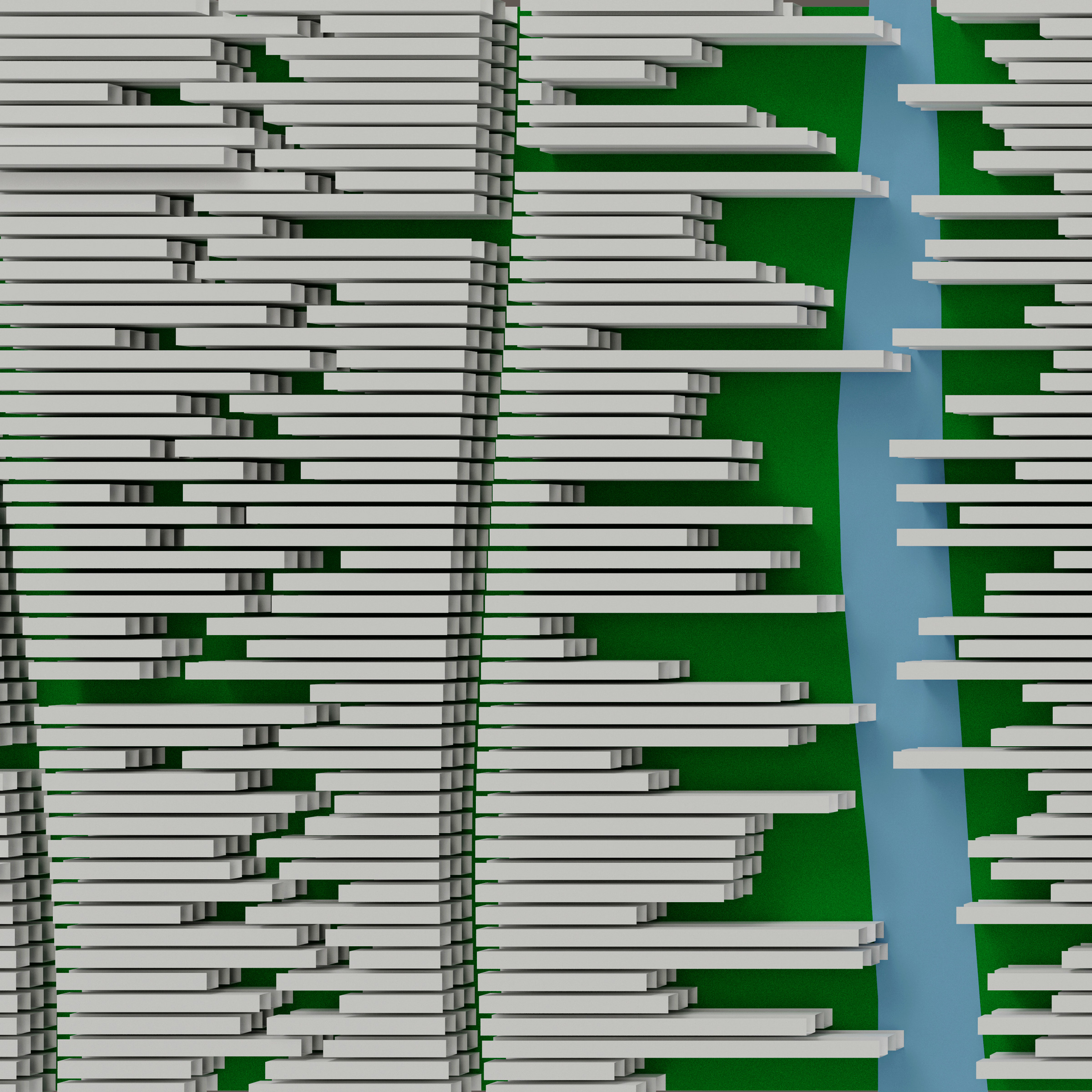The inside of the outside – Living in an urban landscape
(Excerpts from a speech for the opening of the House in Takadanobaba)
Ocean
Walking through Tokyo, I often think of (and probably look like) Foucault’s Renaissance madman, who, confined in a ship on the vast ocean, travels in the interior of the exterior.
Environment
The ship eventually reaches land, and the journey ends. But I imagine a city made of buildings like this one, buildings that are not closed objects but part of an endless ocean. Where we do not settle but keep moving. Where buildings are no longer shutting themselves out from the environment but are part of it, in fact where they are actively creating new environments.
Folded House
Sitting between massive buildings, the fineness of the structure we proposed establishes a neighbour-neighbour relationship of solid versus open, mass versus lightness. Rather than just another building, the House in Takadanobaba is a thin plane which seems to grow upwards by folding between the heavy mass surrounding it. The resultant spaces are not enclosed entities but continue the urban landscape on new levels.
Urban Landscape
The building engages the leftover interstices of Tokyo as spaces that do not need seclusion from but can be spatially exploited. In proposing a different definition of urban environments, this house may be a prototype not only of a building but of an urban landscape for living.
FB, December 2011
date


